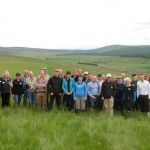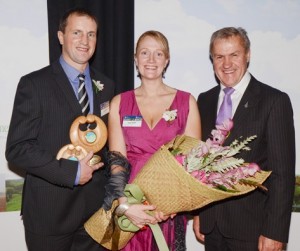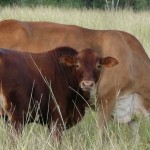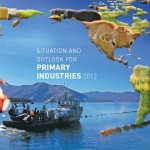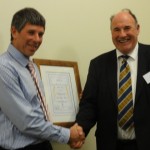Federated Farmers has found that farmer confidence has plummetted in its latest Farm Confidence Survey.
In January, the mid-way point for the 2011/2012 season, farmer confidence in their profitability was strong. The 2011/2012 season was probably one of the best in recent times for meat, wool and dairy and would be difficult to top, says Federated Farmers‘ president Bruce Wills. However, this has gone fully into reverse gear with most farmers now expecting farm profitability will worsen over the coming year, he says.
“The past few months have seen large falls in commodity prices, with the June 2012 ANZ World Commodity Price Index down 12.3 percent from January. The exchange rate has not fallen to the same extent so has eaten into farmgate returns.”
The $64,000 question for all farmers at the start of the 2012/2013 season is whether prices will fall further. “We are all keeping a wary eye on the global economy and, frankly, we don’t like what we are seeing,” says Wills. “That New Zealand is ‘less bad’ when compared to Europe and North America, provides cold comfort when our dollar is kept artificially high because of it.”
The survey showed farmers continue to believe that prudent fiscal policy should be the Government’s highest priority – which is reducing government spending, balancing the books and reducing government debt.
Some headline results from the survey are:
- A net 38.7 percent of respondents expect general economic conditions to worsen over the next 12 months.
- A net 30.4 percent of respondents expect to increase production over the next 12 months (down from a net 47.7 percent in January).
- A net 13 percent of respondents found it harder to find skilled and motivated staff (up 1.8 points from January).
- Respondents’ biggest single concern is the level of commodity prices and/or farmgate prices, cited by 20.2 percent of respondents.

